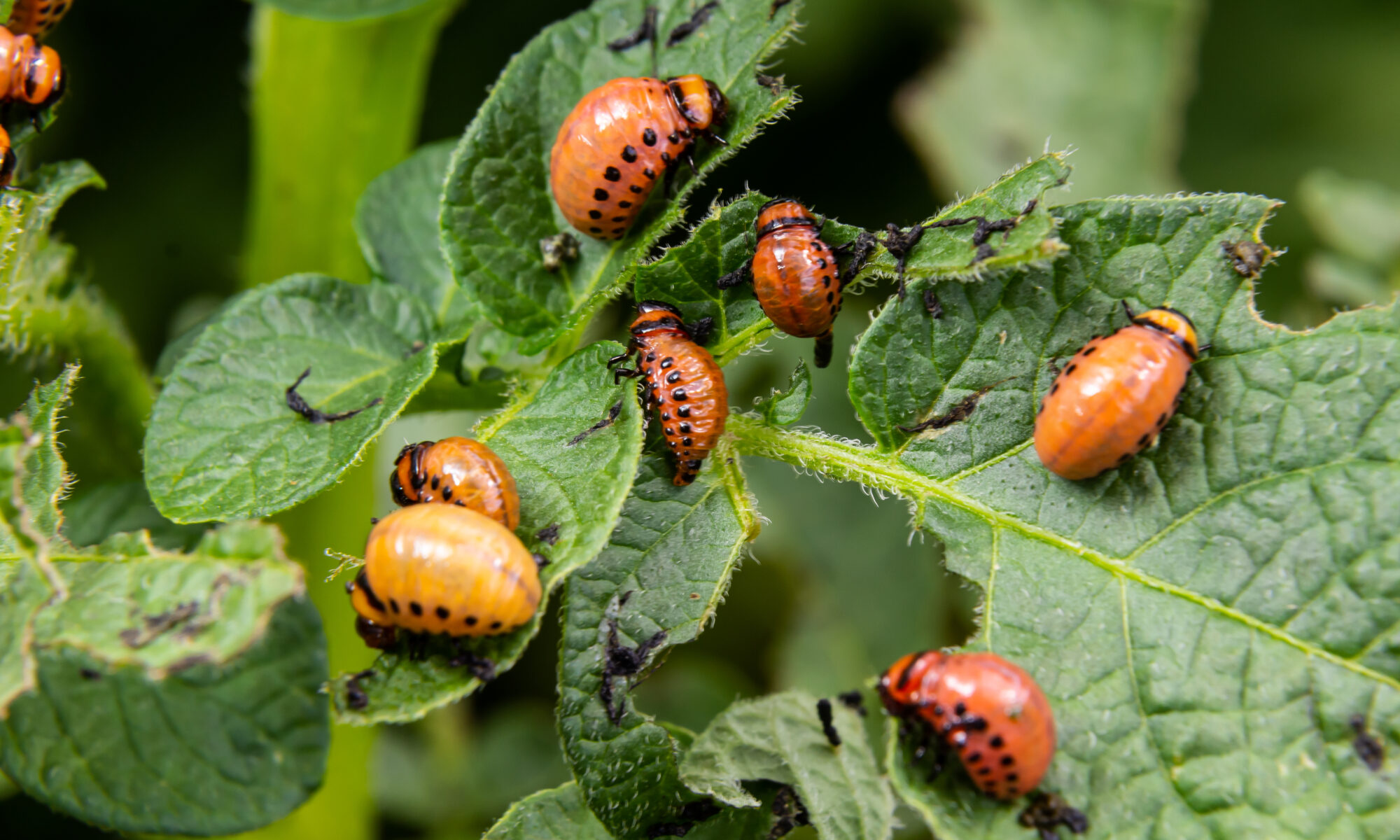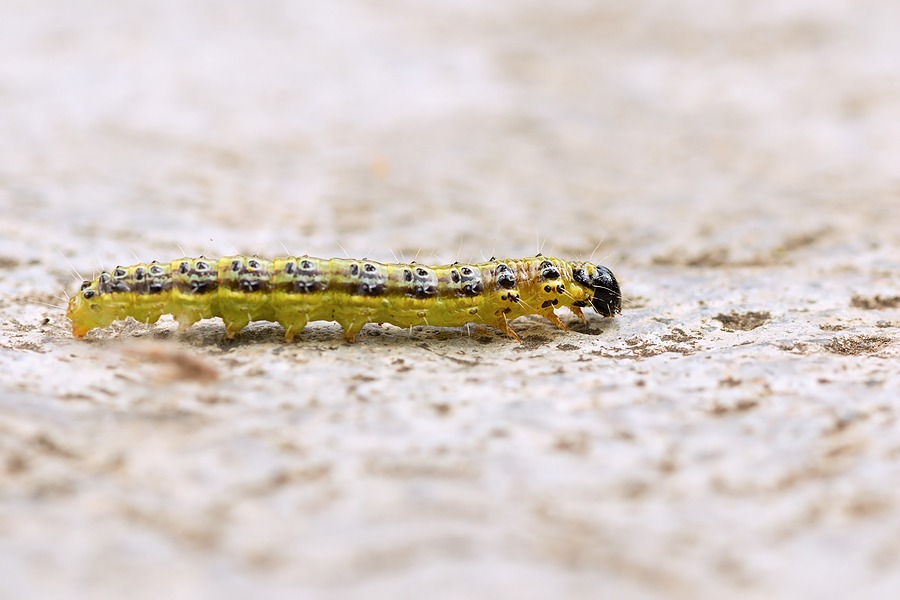Spring is almost here, and with it comes an abundance of new growth and life. However, along with the beauty of spring also comes a host of springtime pests that can cause damage to your trees. As a tree care company, we like to educate our clients about the various pests that can harm trees so that they can take steps to protect them.
In this blog post, we’ll discuss some of the most common springtime pests to look out for and what you can do to prevent them from causing harm to your trees.
Aphids
Aphids are tiny, pear-shaped insects that can be found on the leaves and stems of trees. They are most commonly found on deciduous trees, but can also be found on conifers. Aphids feed on the sap of trees, which can cause the leaves to turn yellow and curl. They can also cause the tree to produce a sticky substance known as honeydew, which can attract other pests and lead to sooty mold growth on the leaves.
Prevention
To prevent aphids from causing damage to your trees, there are a few things you can do. One is to attract beneficial insects to your yard, such as ladybugs and lacewings, which will feed on aphids. Another is to use a strong stream of water to blast the aphids off of the tree, which can be effective for small infestations. For larger infestations, you may need to use a pesticide specifically labeled for aphid control.
Bees
Bees are important pollinators that are vital to the health of our environment. However, they can also be a nuisance when they decide to build a hive in or around your trees. Bees can cause damage to the tree by burrowing into it to create a hive, which can weaken the structure of the tree and make it more susceptible to disease and pests.
Prevention
To prevent bees from building a hive in your tree, there are a few things you can do. One is to keep an eye out for bees that are flying in and out of a hole in the tree. If you notice this, it’s important to call a professional beekeeper to remove the hive as soon as possible. Another is to keep trees trimmed and pruned so that bees do not have a place to build a hive.
Other Springtime Pests
There are a variety of other springtime pests to look out for, such as caterpillars, scale insects, and spider mites. Caterpillars can defoliate a tree and make it more susceptible to disease, while scale insects and spider mites can cause the tree to become stunted and weak.
Prevention
To prevent these pests from causing damage to your trees, it’s important to keep an eye out for any signs of infestation, such as holes in the leaves or discoloration. If you notice any signs of infestation, it’s important to contact a professional tree care company as soon as possible. They can help to identify the pest and determine the best course of action for treatment.
In conclusion, spring is a wonderful time of year for tree growth, but also a time when pests can cause significant damage. By being aware of the most common springtime pests and taking steps to prevent them from causing harm, you can ensure that your trees remain healthy and beautiful all season long.
If you notice any signs of infestation or damage, don’t hesitate to contact a professional tree care company for assistance.
 Bringing Sexy Back Into Your Yards
Bringing Sexy Back Into Your Yards 

